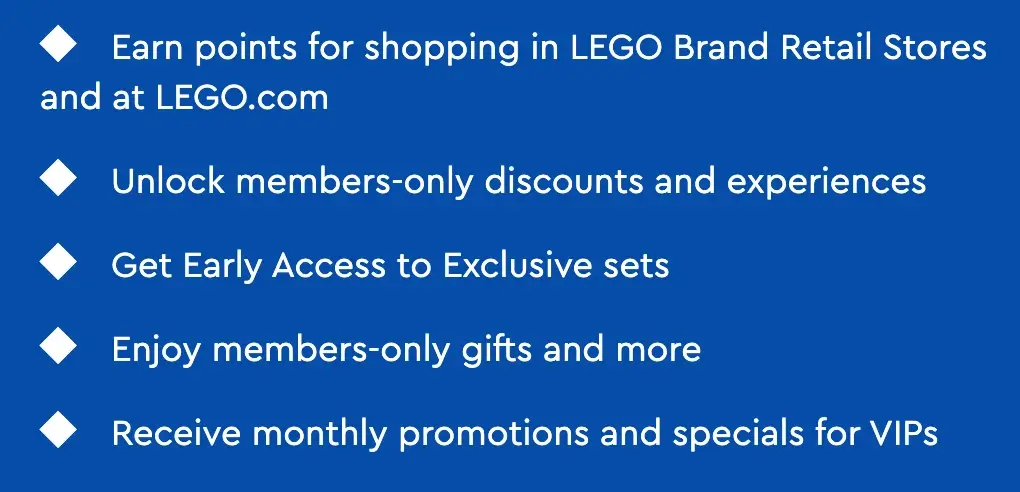Hey there! Are you a fan of LEGO and interested in making it a profitable investment? If that’s the case, you may be curious about the expenses associated with investing in LEGO. While investing in LEGO sets can be a wise financial decision, it’s crucial to have a clear understanding of the costs involved before diving in. In this article, we will discuss the different costs related to LEGO investing and provide some recommendations to assist you in making well-informed choices. So whether you’re an experienced investor or new to the game, continue reading to discover more about the expenses of investing in LEGO.
Costs when purchasing LEGO Investments
Method of payment
The most common payment methods in online and retail trade include cash payment, bank transfer, cash on delivery (e.g., cash in advance), cash on delivery (e.g., cash), PayPal, credit card, instant bank transfer, Amazon Payments, purchase on account, direct debit or cryptocurrencies. The different service providers charge different fees. It is best to find out from the respective provider how high the assessed fees are.
Shipping costs
Free postage is not a given. There are still a lot of companies that charge shipping fees when you buy from their online store. Usually, these charges are displayed in the ordering process.
Customs costs
It may happen that you buy a LEGO product from an international seller (e.g. Amazon France, UK etc.). There are many reasons for this, e.g. because the overseas retailer still has a popular LEGO set in stock or advertises an unbeatable price. Depending on where the desired product comes from, customs duties may apply.
Customs duties depend on the value of the goods, which is ideally shown on an invoice. Customs duties also have an impact on your return on investment and should definitely be factored in. The amount of customs duties can be looked up on the official site of the customs.
Travel costs
Basically, costs must also be included that arise from travel, e.g. to the retailer or picking up the package at the parcel store. These can be fuel costs, local transport ticket, costs for using car-sharing and many more. It is also worth considering whether the costs for insurance, leasing and maintenance of the private vehicle should be included here on a pro rata basis. Often the vehicle is already in place and the costs are incurred anyway, so many do not consider these costs further.
Running costs
Storage costs
LEGO investment is extremely space-consuming. They must confront the question of how much they include storage costs in their return. The more honest they are about these costs, the more accurate their real earned return will be. For example, if the LEGO investment commandeers a room in the basement of their home, they could in principle prorate the costs incurred for this from space or rent, electricity, heating, and so on.
Practically speaking, these are often so-called business-as-usual costs. You incur costs associated with this independently of the LEGO investment. Of course, these types of costs must be taken into account if, for example, you rent extra storage space. All associated costs must be included in the return.
Insurance costs
If you are considering LEGO investment, you will come to a point where your investment can reach a high value. To protect yourself against various types of damage (e.g. fire damage, water damage, etc.) or theft, it is recommended that you purchase insurance. The insurance amount is determined by the value of your LEGO investment. It is advisable to contact your private household insurance company in this regard. In any case, they should constantly update the total amount.
Costs due to the sale
Costs of sale
Nowadays there is a wide range of online and offline selling platforms (e.g. Bricklink, Ebay, Amazon, Craigslist, flea markets, Facebook Marketplace, etc.). Nevertheless, most of them involve fees. These are not so much usage fees. Rather, they are fees that have to be paid to the provider when selling.
It is common to charge percentage and/or fixed fees for listing, selling or other costs associated with the sale, such as advertising or highlighting the sale ad. Which exact fees are charged, you can request from the respective provider or read.
Shipping costs
If the buyer of their LEGO product decides not to pick up the product themselves, shipping through a service provider such as DHL, UPS, Hermes, GLS, etc. is the most common delivery method chosen. Usually, for strategic reasons, it is best for the seller to bear the shipping costs. On top of that, they have to estimate material costs for e.g. cardboard box or shipping bags, tape, filling material, etc. These additional costs only need to be taken into account to the extent that they bear them themselves.
Taxes
The subject of taxes is extraordinarily complex, and it is not easy to take a comprehensive look at it. You should consult a tax advisor for your personal case. You may be required to pay tax on profits from LEGO sales. In addition, there are cost factors such as Internet and cell phone tariffs that you can also take into account.
It is up to them how much detail they want to go into here and what total costs they include in the net total return. Basically, there are no rules,. On the other hand, there are also various ways to positively influence or increase the net total return. These include so-called bonus systems such as cashback programs or the LEGO VIP model.
Bonus
Cashback
The term cashback comes from the English language and literally means cash or money back. This is a bonus program in which they get cash for every purchase in online or retail credited. As a rule, it is necessary to register with the cashback provider. Known cashback providers are, for example, Shoop or iGraal.
LEGO VIP

In contrast to Cashback, the LEGO VIP program is a discount point system directly from The LEGO Group. VIP members can collect points and have the opportunity to exchange points for non-cash assets (so-called rewards like Posters, keychains but also LEGO sets and much more). In addition, there is the possibility to buy LEGO products directly by means of collected points.
Here, 1 LEGO VIP point is equivalent to 0.769 cents. For every 1 euro spent in the LEGO Shop, you will receive 6.5 points, i.e. 5 cents. This corresponds to a discount of 5 percent in the LEGO online store and retail stores.’. They can also use the VIP points they collect to purchase LEGO vouchers, for example.
Credit cards with bonus programs
Credit cards with bonus programs are becoming more and more common. Some providers include special insurances or points can be collected for rewards. Other providers offer discounts on certain products or services. Such bonus programs can be attractive if you use them skillfully.
FAQ
What costs can I expect when buying from LEGO?
– Method of Payment
– Shipping Costs
– Customs Costs
With which running costs must a LEGO investor plan?
A LEGO investor must plan for storage and insurance costs.
What are the costs of selling LEGO investments?
– Costs of sale
– Shipping costs
– Taxes
You are interested in LEGO as an investment? Then have a look at our article about licenses or stickers/printings.
About which LEGO Investment costs do you want to know more? Write it in the comments!





